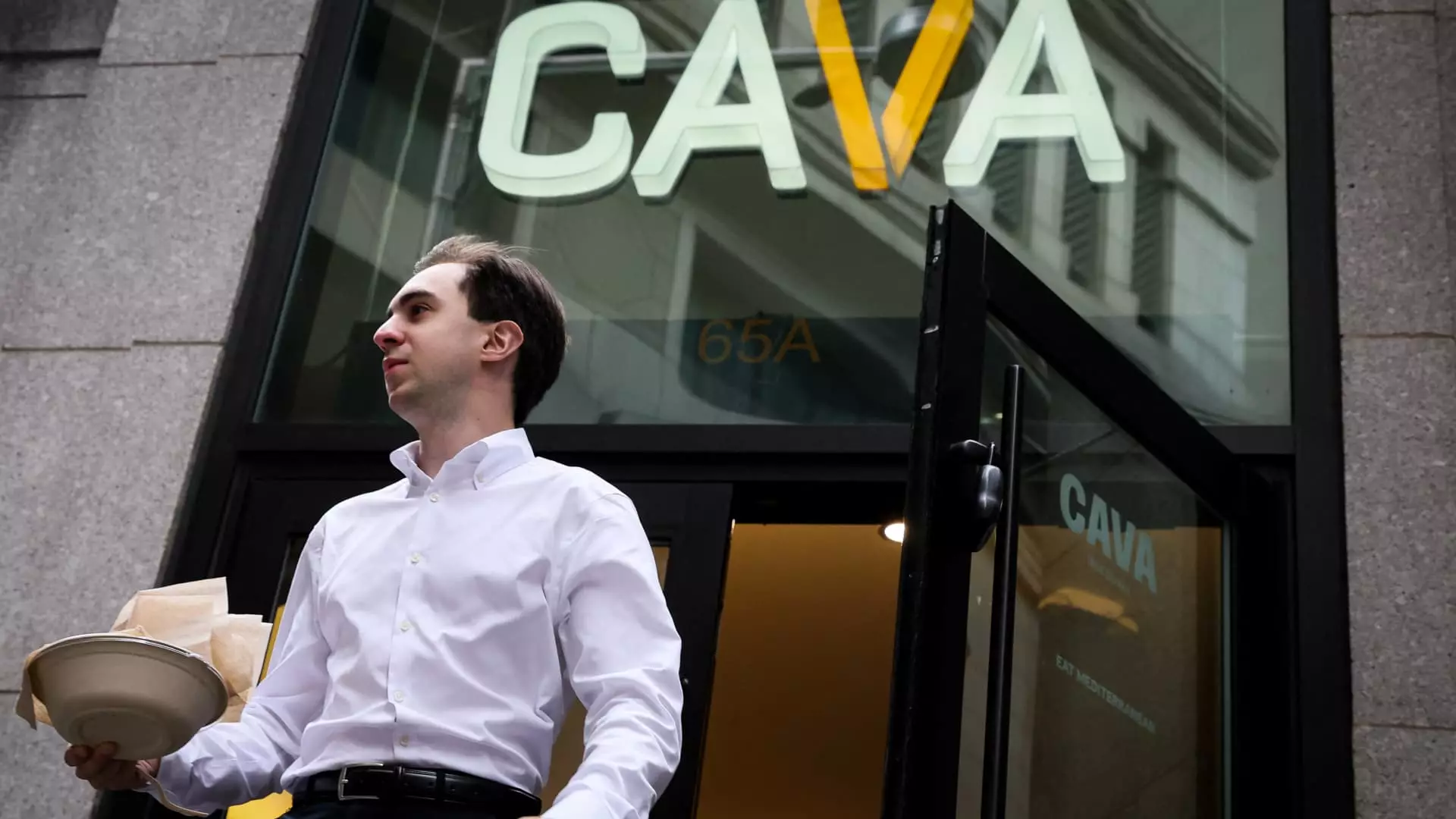In an era defined by economic instability and rising consumer caution, the landscape of the restaurant industry has been fundamentally altered. Traditional notions of dining for pleasure or indulgence are giving way to a more calculated approach—every dollar counts more than ever. Restaurants are no longer simply places to eat; they are battlegrounds where brands vie for the fleeting loyalty of cautious consumers. The emergence of sophisticated rewards programs underscores a harsh reality: in tough times, loyalty is no longer a perk—it’s an essential strategy for survival.
The core problem lies in consumer behavior shifts. With fewer visits and more discernment, diners are limiting their spending and becoming more strategic about where they choose to eat. Sales figures highlight this decline; many brands report sluggish or declining same-store sales, warning of deeper systemic issues. Yet, amidst this downturn, the response from industry leaders has been telling: doubling down on loyalty programs as a way to shift the narrative from disappointment to retention. These initiatives aim to lock in customers, foster habitual visits, and transform casual diners into committed brand advocates—albeit through a sometimes uncomfortable reliance on discounts and freebies.
Rewards as a Strategic Tool for Deepening Customer Engagement
The most telling evidence of loyalty programs’ importance is their expanding scope and creative evolution. Major chains like Starbucks and Chipotle testify to their central role, where millions of active members generate a significant portion of daily sales. Starbucks, with over 34 million reward members, secures more than half of its transactions from these loyal patrons, illustrating the value of cultivating a dedicated consumer base. Similarly, Chipotle, with its 20 million members, leverages this loyalty to sustain around 30% of its sales each day, preventing the need for drastic price hikes that could alienate budget-conscious customers.
The motivation behind this rapid expansion is clear: customer retention expectedly outperforms acquisition in value. Data shows that loyalty members visit more frequently—sometimes more than double the rate of nonmembers—and spend more overall. It’s a trend that underscores the necessity of these programs, but also exposes the industry’s dependency on them. In a landscape where margins are razor-thin, rewards programs act as both a shield and a double-edged sword—driving long-term patronage but also risking profit margins through frequent discounts and free offerings.
Innovation Beyond the Traditional Discount Model
What sets the most successful brands apart is their willingness to innovate beyond simple point accumulators. Cava’s recent program overhaul, introducing more flexible ways to earn and redeem points, exemplifies this approach. The new system emphasizes experiential rewards—special offers and surprises like free pita chips—which foster emotional engagement rather than just transactional exchange. Such efforts aim to tap into consumer desire for personalized, memorable experiences rather than mere monetary savings.
Similarly, Potbelly has adopted a coin-based loyalty model that quickens reward redemption and broadens the scope of redeemable items. This seemingly small change fosters a sense of immediacy and accessibility, encouraging customers to visit more often and dine with greater frequency. The strategic shift reveals a deeper understanding: loyalty must be about more than discounts; it should cultivate a feeling of participation and value, encouraging customers to see their relationship with the brand as mutually beneficial.
These innovations point to a broader industry realization: traditional tiered systems or basic point schemes are no longer sufficient. Instead, brands are experimenting with gamification, seasonal campaigns, and layered rewards to maintain consumer interest and keep their brands relevant amid fierce competition and economic pressure.
The Price of Loyalty: Is It Sustainable?
Despite these initiatives’ apparent success, questions about sustainability remain. Offering free food, discounts, or exclusive perks inevitably eats into margins—an unsustainable model if not carefully managed. While the immediate goal is to boost visits and lock in customers, this approach risks devolving into a cycle where loyalty is artificially manufactured through discounts, potentially undermining perceived value.
Moreover, some consumers respond negatively to these changes. Starbucks’ alteration of its reusable cup promotion, shifting from a desirable bonus to harsher earning conditions, drew criticism. Many loyal customers felt less rewarded, which could erode trust if such discontent persists. This highlights the delicate balance brands must maintain: rewards should be meaningful, but not so generous that they threaten profitability or alienate consumers when scaled back.
The industry’s reliance on loyalty programs also raises questions about genuine brand loyalty versus transactional habits. Are consumers truly committed, or are they merely chasing discounts? Are brands fostering authentic relationships, or are they merely incentivizing behaviors that may not translate into future loyalty? This is a fundamental challenge that underscores the complex, sometimes transactional nature of loyalty in today’s economy.
In a volatile economic environment, loyalty programs have transitioned from optional marketing tools to vital lifelines for restaurant brands trying to navigate declining traffic and squeezed margins. While their creation and execution often border on the manipulative, the truth is that today’s consumers demand value—regardless of economic circumstances. Brands that innovate creatively and strike a balance between enticing offers and profitable growth will ultimately survive.
Loyalty programs are now less about genuine allegiance and more about strategic positioning. They compel brands to constantly adapt—experimenting with formats, incentives, and engagement techniques—all in pursuit of maintaining relevance and customer retention. Whether they remain a necessary evil or evolve into authentic relationship builders remains to be seen, but one thing is certain: in the cutthroat landscape of modern dining, loyalty is no longer optional; it’s an essential weapon of survival.



Leave a Reply